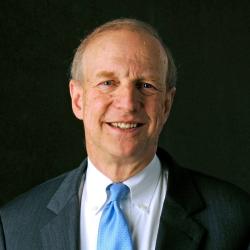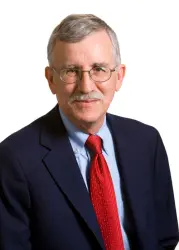On September 9, the House Ways and Means Committee took a potentially historic step that could help millions of Americans to build financial security.
Under the leadership of Chairman Richard Neal (D-MA), the Committee included a provision in the budget reconciliation package that would require employers that do not offer a retirement plan to automatically enroll their employees in IRAs or 401(k)-type plans. If passed, the legislation would implement the Automatic IRA, first proposed 15 years ago by the Brookings Retirement Security Project (RSP) and the Heritage Foundation with bipartisan sponsorship and the strong support of AARP and other groups. In addition to the Automatic IRA, the Ways and Means retirement legislation includes other provisions and options that would expand automatic contribution plans and arrangements.
The Automatic IRA would help roughly 55 million people build savings that would supplement their Social Security benefits. Employers with more than 5 employees that do not offer another retirement plan would act as a conduit enabling their employees to save a pre-set amount from each paycheck that would be invested in privately-managed, low-cost financial assets. Self-employed and gig workers could also save this way.
Employees would have complete control and could opt out entirely or change their contributions or investments at any time. Meanwhile, employers would not contribute or have any fiduciary liability or any of the responsibilities of sponsoring a plan. Experience with an Automatic IRA program in Oregon shows that, for employers, implementation is easy, usually involves no out-of-pocket costs, and can also spur the adoption of 401(k) plans.
While waiting for Congress to act, other states have also started Automatic IRA programs. Besides Oregon’s program, Illinois and California have active programs, and six additional states and two major cities are in the process of implementing Automatic IRAs. Their experience shows that Auto IRAs work. In just the three currently operating programs, almost 400,000 people at over 37,000 businesses have so far saved almost $325 million. A national program would vastly increase those numbers and would include tax credits for participating employers.
The Automatic IRA would help roughly 55 million people build savings that would supplement their Social Security benefits.
In addition to helping millions of Americans to improve their retirement security, the Automatic IRA has many other benefits. Because people who currently do not have a workplace retirement program are disproportionately Black and Hispanic, some experts believe that the program could reduce the racial wealth gap. And since the Automatic IRA uses a Roth IRA, savers could withdraw their contributions without penalty in the event of a financial emergency. There is evidence that having and using emergency savings strengthens household finances over a longer-term, which may enable them to save even more for retirement over time.
The Ways and Means legislation also includes an expansion of the saver’s tax credit for lower- and moderate-income individuals who save in employer plans or IRAs. The existing credit, which is seriously under-utilized, would become up to a 50% match deposited into savers’ retirement accounts and become refundable for savers without income tax liability. These changes, long advocated by RSP, have support in the Senate under the leadership of Senate Finance Committee Chairman Ron Wyden (D-OR).
Both the Automatic IRA and the expanded saver’s credit have a long way to go before they are enacted, but both have the potential to increase retirement security for millions of Americans.
The Brookings Institution is financed through the support of a diverse array of foundations, corporations, governments, individuals, as well as an endowment. A list of donors can be found in our annual reports published online here. The findings, interpretations, and conclusions in this report are solely those of its author(s) and are not influenced by any donation.
The Brookings Institution is committed to quality, independence, and impact.
We are supported by a diverse array of funders. In line with our values and policies, each Brookings publication represents the sole views of its author(s).







Commentary
Op-edHow Auto IRAs could soon improve retirement for millions of Americans
October 20, 2021